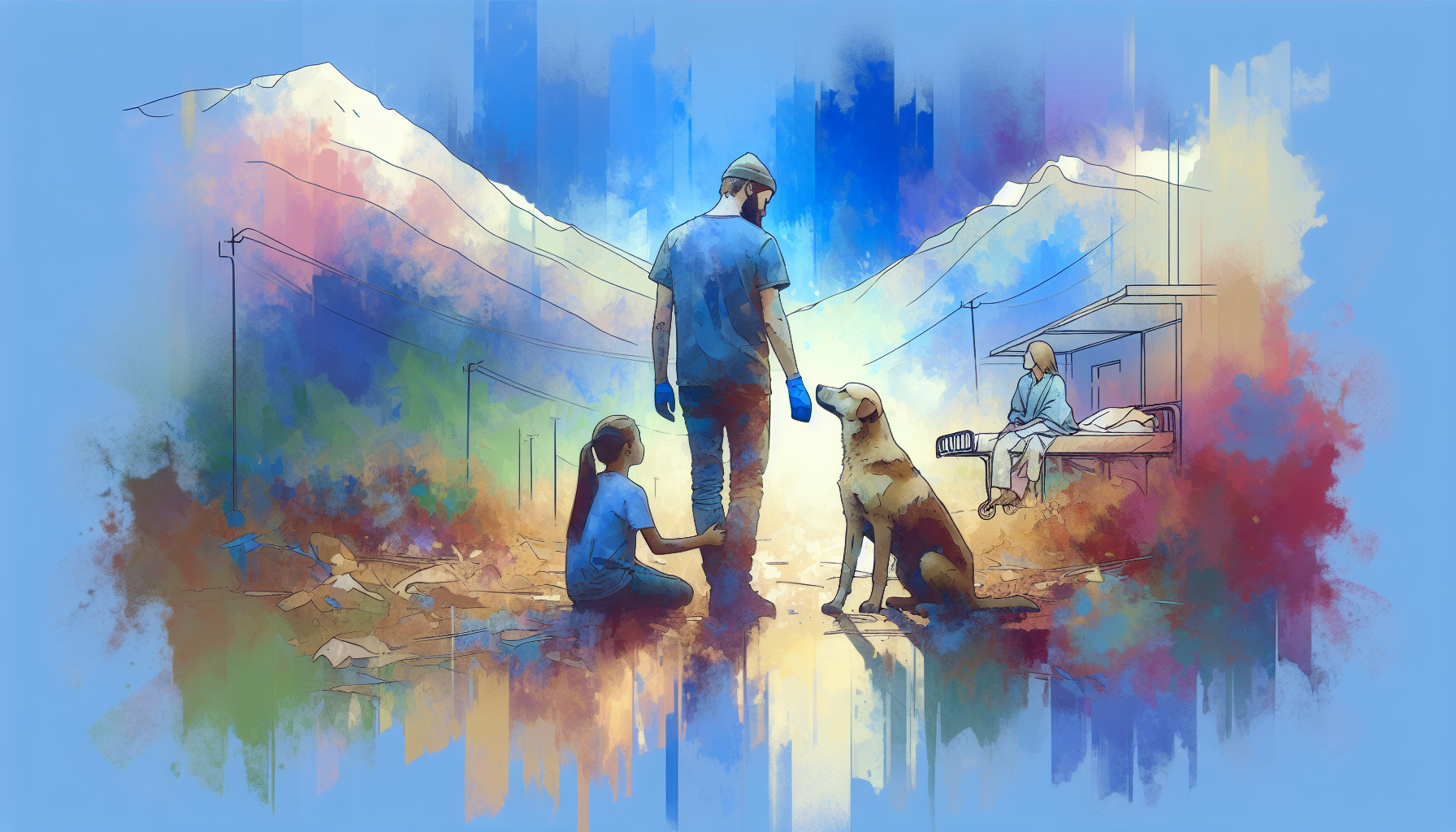In a heartwarming story from Ohio, Rand Laycock, a dedicated music conductor, has found renewed joy in his passion for music despite facing the challenges of Parkinson’s disease. After being diagnosed 11 years ago, just before his 60th birthday, Rand experienced the progression of symptoms that included a noticeable tremor in his right hand, especially during the high-pressure moments of leading his 100-piece orchestra.
However, hope arrived in the form of groundbreaking medical technology. After exploring various treatment options, Rand discovered deep brain stimulation (DBS) at the Cleveland Clinic. Following a successful surgery last year, where tiny stimulation leads and a battery were implanted in his brain, the results have been nothing short of remarkable. Rand has shared that his tremors have nearly vanished, allowing him to conduct once again with confidence.
Reflecting on his journey, Rand expressed gratitude for the advancements in treatment that have transformed his life. He recalled how his doctor reassured him that his diagnosis was not a death sentence and that improvements in treatment would come. Today, Rand is living proof of that promise, having embraced adaptive deep brain stimulation (aDBS) that further enhances his quality of life.
Dr. Michal Gostkowski, a neurologist at the Cleveland Clinic, explained that this innovative procedure delivers electrical currents to specific areas of the brain, helping to regulate movement and improve the symptoms of Parkinson’s. Rand, who initially saw great success with DBS, was eager to try aDBS due to its potential to simplify his life by reducing the need for constant adjustments to his device settings and medications.
Since incorporating aDBS into his treatment in March, Rand’s tremors have significantly diminished. With excitement, he looks forward to celebrating his 47th year of conducting, feeling that his symptoms are now minimal compared to what they once were.
Rand's journey is an inspiring reminder that with perseverance and the right support, it’s possible to overcome obstacles and pursue one’s passions. His story not only highlights the incredible advancements in medical technology but also serves as a beacon of hope for others facing similar challenges. By sharing his experience, Rand encourages everyone to remain optimistic and embrace the possibilities that lie ahead.


